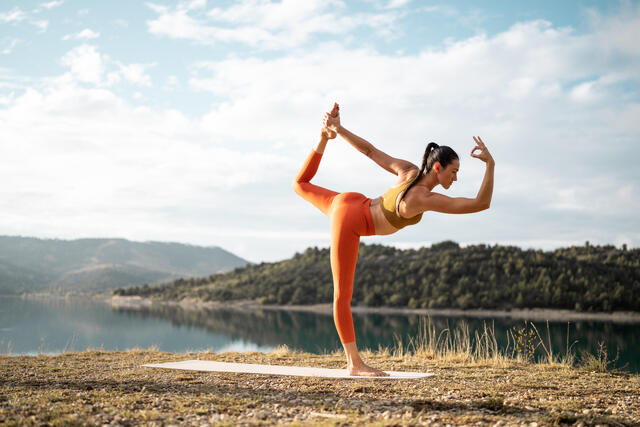What Should I Check for if My Bike Has V-brakes?
How to adjust V brakes
V-brakes are actually very easy to fix. If you feel your brakes pulling while you ride, they make an annoying screech when you apply them, or they’re not even on both sides, why not have a go at fixing them yourself? It only requires a little adjustment to get them working properly again. First, make sure the "noodle, " the J-shaped metal guide tube, is in place. Without it, the brake will not work.
Check your brake pads: Brake pad wear is one of the most common reasons for misalignment and poor performance. It’s also worth going for black or natural coloured brake pads, as any colours in the rubber compound can cause a horrible noise whenever you pull your brake.
Pull the brake lever: You want your brakes to achieve maximum surface contact with the rim of your wheel, so both brake pads should squeeze evenly on the centre of the rim without touching the tyre or protruding over the lip of the rim. If one side of the brake squeezes more loosely than the other or overlaps the rim, this will tell you where the misalignment is coming from.
Loosen the bolts: Once you’ve determined what needs adjusting, loosen the bolts on the brake pads with an Allen key (to adjust one, you might need to adjust the other, so you should loosen both sides). But it’s important not to loosen them too far, or the pads will slip out of the holder, and you’ll have to re-assemble them.
Move your pads to the correct position: If they are too loose, push them closer. If they were too tight, move them slightly further from the rim. Remember also to align the pads with the arc of the wheel. The ideal position for your pads is a few millimetres out from the rim. The shorter the distance between the brake pads and the rim, the more responsive your brakes will be - make sure the pads aren’t actually touching the rim.
Tighten the bolts: Once everything’s in the correct position, tighten the bolts back up with the Allen key while not pulling the brakes out of alignment as you tighten them. Also, make sure you tighten each bolt the same amount so they both work together evenly.


























